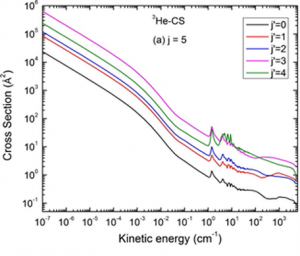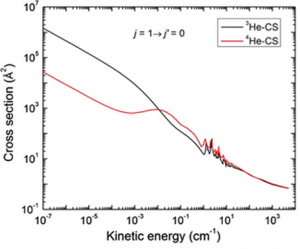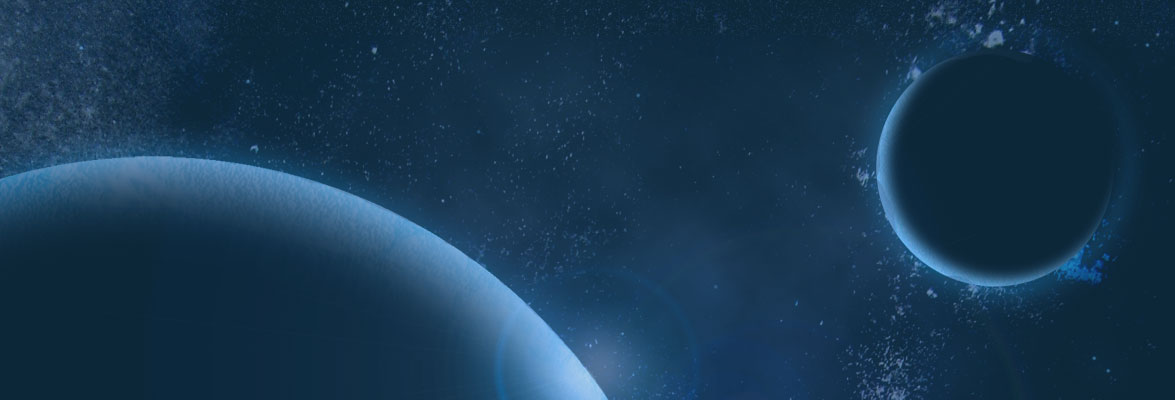Cooling and trapping of ultracold molecules has potential applications in control of chemical dynamics, high resolution molecular spectroscopy and accurate inter molecular potentials determination. Buffer gas cooling is one of the direct experimental approaches developed for cooling of molecules. Indirect methods developed for cooling molecules include photo association of ultracold atoms and Feshbach resonance methods. Buffer gas cooling is fairly a successful method that allows to trap and cool the molecule where excess energy is transferred to the buffer gas, usually the He gas. Internal energy transfer between cold diatomic molecules in collisions with 3He and 4He cold buffer gas is of much interest theoretically and experimentally. In diatomic molecules, carbon monoxide (CO) has been studied for its rotational and rovibrational relaxation processes in collision with 3, 4He, and has paramount importance in astrophysics also. Theoretical knowledge of collisional inelastic cross sections in advance is significant for a molecule introduced in the buffer gas to investigate the cooling process.

Collision attributes indicating dominance of ?j = ?2
propensity in 3He – CS system

Magnitude of 3He–CS cross section is larger than
4He–CS

Collision attributes indicating dominance of ?j = ?2
propensity in 3He – CS system

Magnitude of 3He–CS cross section is larger than
4He–CS
